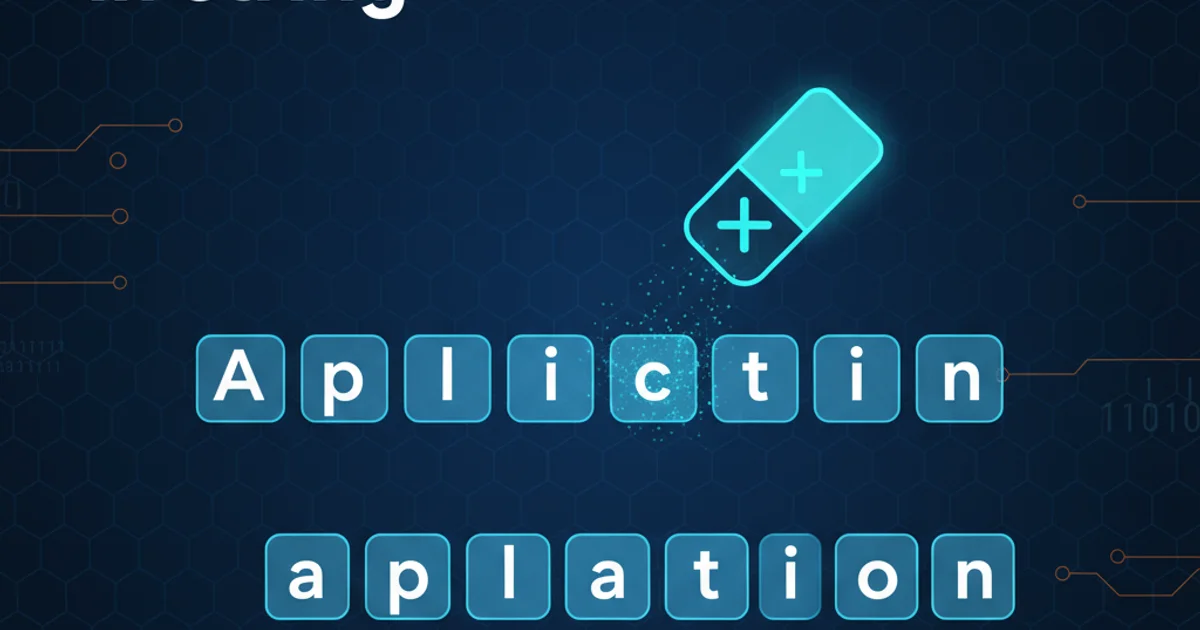Can I nest button inside another button?
Categories:
Nesting Buttons: A Deep Dive into HTML Semantics and Accessibility

Explore the implications of nesting HTML <button> elements, understanding why it's invalid, and discovering best practices for creating interactive UIs.
A common question among web developers, especially those new to HTML, is whether one can nest a <button> element inside another <button>. While it might seem intuitive for certain UI designs, the HTML specification explicitly disallows this practice. This article will delve into why nesting buttons is invalid, the problems it creates, and how to achieve similar interactive effects using proper HTML structure and accessibility considerations.
The HTML Specification and Nesting Buttons
The HTML specification defines the content model for each element, dictating what elements can be placed inside others. For the <button> element, its content model is 'Phrasing content', but with a crucial restriction: it must not contain any interactive content (such as other buttons, anchors, or input fields) or any form-associated elements. This means that placing a <button> inside another <button> is a direct violation of the HTML standard.
flowchart TD
A["Outer <button>"] --> B["Phrasing Content (e.g., text, <span>)"]
B --> C{"Is content interactive or form-associated?"}
C -- Yes --> D["Invalid HTML (e.g., nested <button>)"]
C -- No --> E["Valid HTML"]
D -- Browser Behavior --> F["Unpredictable Rendering/Behavior"]
E -- Browser Behavior --> G["Expected Rendering/Behavior"]
style D fill:#f9f,stroke:#333,stroke-width:2px
style F fill:#f9f,stroke:#333,stroke-width:2pxHTML Content Model for the
<a> inside a <button>) is generally invalid and leads to unpredictable behavior across browsers and assistive technologies.Why is Nesting Buttons Problematic?
Beyond violating the HTML specification, nesting buttons introduces several practical issues:
- Browser Inconsistency: Different browsers may handle invalid HTML differently. Some might try to 'fix' the structure, leading to unexpected rendering or event handling. Others might simply ignore the inner button or render it in a way that breaks your layout.
- Event Handling Chaos: When you click on a nested button, which button's click event should fire? The inner one, the outer one, or both? This ambiguity can lead to complex and error-prone JavaScript event listeners, often resulting in event bubbling issues that are difficult to debug.
- Accessibility Concerns: Assistive technologies like screen readers rely on a well-formed HTML structure to convey meaning and functionality to users. Nested interactive elements create a confusing and inaccessible experience, making it difficult for users with disabilities to understand and interact with your UI.
- Semantic Meaning: A button's primary purpose is to trigger an action. Nesting suggests a hierarchy of actions that HTML buttons are not designed to represent. If you need multiple actions, they should typically be distinct buttons or part of a dropdown menu.
Alternative Approaches for Complex Button Interactions
Instead of nesting buttons, consider these valid and accessible alternatives to achieve similar interactive effects:
- Separate Buttons: The most straightforward approach is to have multiple distinct buttons, each with its own action. Use CSS to style them to appear grouped or related.
- Dropdown Menus: For a primary action with several related sub-actions, a split button or a button that toggles a dropdown menu is an excellent solution. The main button performs the default action, while the dropdown reveals additional choices.
- Semantic Grouping with
<div>or<span>: Use non-interactive elements like<div>or<span>for styling and grouping, and place individual buttons within them. This maintains valid HTML and allows for flexible styling. - Custom Elements (Web Components): For highly complex, reusable UI components, Web Components offer a powerful way to encapsulate custom behavior and structure, ensuring valid HTML within their shadow DOM.
<!-- Invalid HTML: Do NOT do this -->
<button type="button">
Outer Button
<button type="button">Inner Button</button>
</button>
<!-- Valid HTML: Separate buttons -->
<div class="button-group">
<button type="button">Action 1</button>
<button type="button">Action 2</button>
</div>
<!-- Valid HTML: Button with a dropdown menu -->
<div class="dropdown">
<button type="button" class="main-action">Primary Action</button>
<button type="button" class="dropdown-toggle" aria-expanded="false" aria-haspopup="true">More Options</button>
<ul class="dropdown-menu">
<li><button type="button">Sub-Action A</button></li>
<li><button type="button">Sub-Action B</button></li>
</ul>
</div>
Comparison of invalid nested buttons versus valid alternative structures.